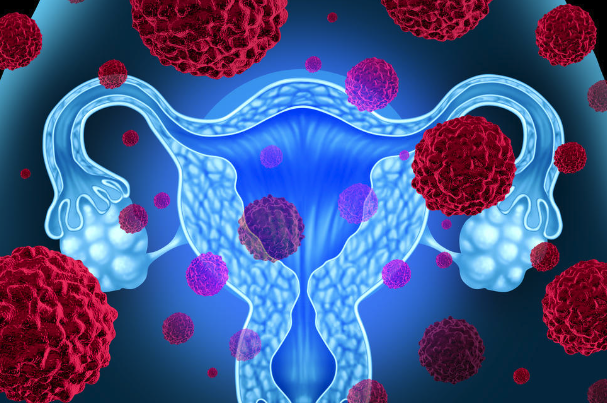Welcome back to the third entry of our series on primary HPV testing in cervical cancer screening. In this installment, we take a retrospective look at how HPV testing has revolutionized cervical cancer detection since its introduction in the early 2000s.
Applications of HPV Testing in Cervical Cancer Screening
Over the past two decades, HPV testing has evolved from a novel molecular tool to a key indispensable assay for identifying cervical precancerous and cancerous lesions. The test’s improved sensitivity for detecting high-grade precancerous lesions lends more reliability to negative results, instilling greater confidence in women about their health status.
A significant catalyst for this clinical transformation was the switch from conventional to liquid-based cytology. Further boosting the viability of widespread HPV testing, numerous studies found that the liquid preservative residue remaining in patient specimens after preparation of Pap tests could be reutilized for HPV detection.
Milestones: The Year 2012
Initially, HPV testing earned its stripes by triaging women with borderline abnormal cervical cytology, a recommendation based on the ALTS trial. In 2012, two landmark developments redefined cervical cancer screening in the U.S. First, the introduction of co-testing with high-risk HPV (hrHPV) and cytology allowed for a five-year recommended routine screening cycle for women between the ages of 30 and 65. Second, the specific genotyping of HPV 16 and 18 was recommended for women who had discrepant co-testing results—namely, a positive hrHPV test but a negative cytology—for more individualized follow-up.
The Transition to Primary HPV Testing
The continuous enhancements in cervical cytology performance through liquid-based cytology techniques have not fully eliminated challenges like higher costs, subjective interpretations and frequent screenings. These challenges, along with the increasing prevalence of HPV vaccinations and a decline in high-grade precancerous lesions have tipped the scales away from cytological methods, steering the medical community toward HPV testing.
The principal benefit of molecular HPV testing lies in its increased sensitivity for detecting high-grade cervical precancerous lesions, namely CIN 2 and CIN 3. It also offers a more dependable confirmation of negative results. This enhanced detection capability lends an additional layer of assurance to women who receive negative results and lessens the reliance on specialized pathologists for subsequent examinations. As a result, the recommended screening interval can be extended to five years. Moreover, HPV testing exhibits a unique ability to detect adenocarcinoma of the cervix, an area in which cytology often falls short. Both conventional and liquid-based gynecologic cytology have faced challenges in detecting glandular lesions.
Furthermore, there is compelling evidence indicating that the HPV component plays a predominant role in extending the five-year screening interval. When HPV results come back negative, cytology contributes only marginally. Consequently, cervical cancer screening has progressively shifted towards prioritizing primary HPV testing. Currently, the FDA has approved Cobas and Onclarity as high-risk HPV tests for the primary screening of cervical cancer in individuals aged 25 and above.
ACOG and USPSTF Guidelines
The 2016 guidelines from the American College of Obstetricians and Gynecologists (ACOG) offer a balanced perspective, presenting three screening options for individuals aged 30-65: hrHPV testing alone every five years, cytology alone every three years or co-testing every five years. Similarly, the U.S. Preventive Services Task Force (USPSTF) integrated primary HPV testing into its 2018 guidelines, providing multiple screening alternatives and identifying groups that should not be screened. The USPSTF 2018 guidelines are currently under revision.
ACS Screening Guidelines: A Bold New Direction
In a significant departure from its 2012 guidelines, the American Cancer Society (ACS) introduced new recommendations in 2020. These guidelines now advocate for primary HPV testing every five years, without the need for cytology, for individuals with a cervix aged between 25 and 65. The reasoning behind initiating screenings at the age of 25 is firmly grounded in compelling data, which indicates that screening those younger than 25 adds little value and may even introduce potential risks, such as an increased likelihood of preterm birth. In cases where an FDA-approved primary HPV assay is unavailable, alternatives include co-testing every five years or relying solely cytology every three years. Currently, there is no movement towards adjusting these guidelines for individuals who have received vaccination.
In the next post, we’ll explore some of the concerns against the use of primary HPV testing in cervical cancer screening. Stay tuned!

